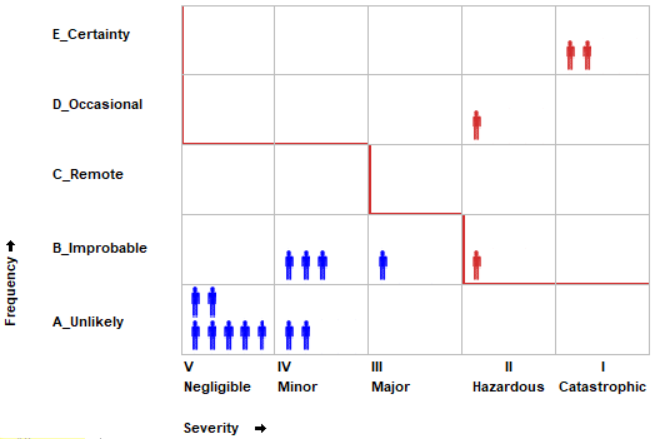HAZAID™
HAZAID Hazard Cataloguing and Risk Assessment Tool is used to record the Fatigue Hazard Analysis (FHA) risk assessment information gathered during a FHA workshop. It is highly visual and interactive, and is used to ensure a high standard is maintained for information captured during the workshop process.
Fatigue Hazard Scenarios are defined by:
- Tasks (WHAT / WHERE?) – e.g. operation of equipment.
- Triggers (HOW / WHY?) which include errors caused by one or more fatigue impairments (e.g. communication, situation assessment / mental models / memory / performance insight and any other type of trigger (e.g. weather, equipment defects, lack of fuel, schedule recovery)
- Effects (HOW BAD – HOW BIG, HOW OFTEN?)
Risk assessment (severity/probability) of each scenario is then determined by:
- Reports of accident and incidents that are part of the organisations’ safety management system;
- Details and statistics of accidents and incidents that are available from Safety Authorities (such as a Civil Aviation Safety Authority) who have responsibility for industry wide safety; and
- Details and statistics of accidents and incidents for the organisations’ industry that are available from the organisations’ insurer.
Existing Controls are noted and the effect on the organisation as a result of a scenario is then determined and noted, e.g.
- Increased scrutiny by safety authorities and insurers;
- Down-time due to equipment malfunction caused by user error; or
- Poor market image.




